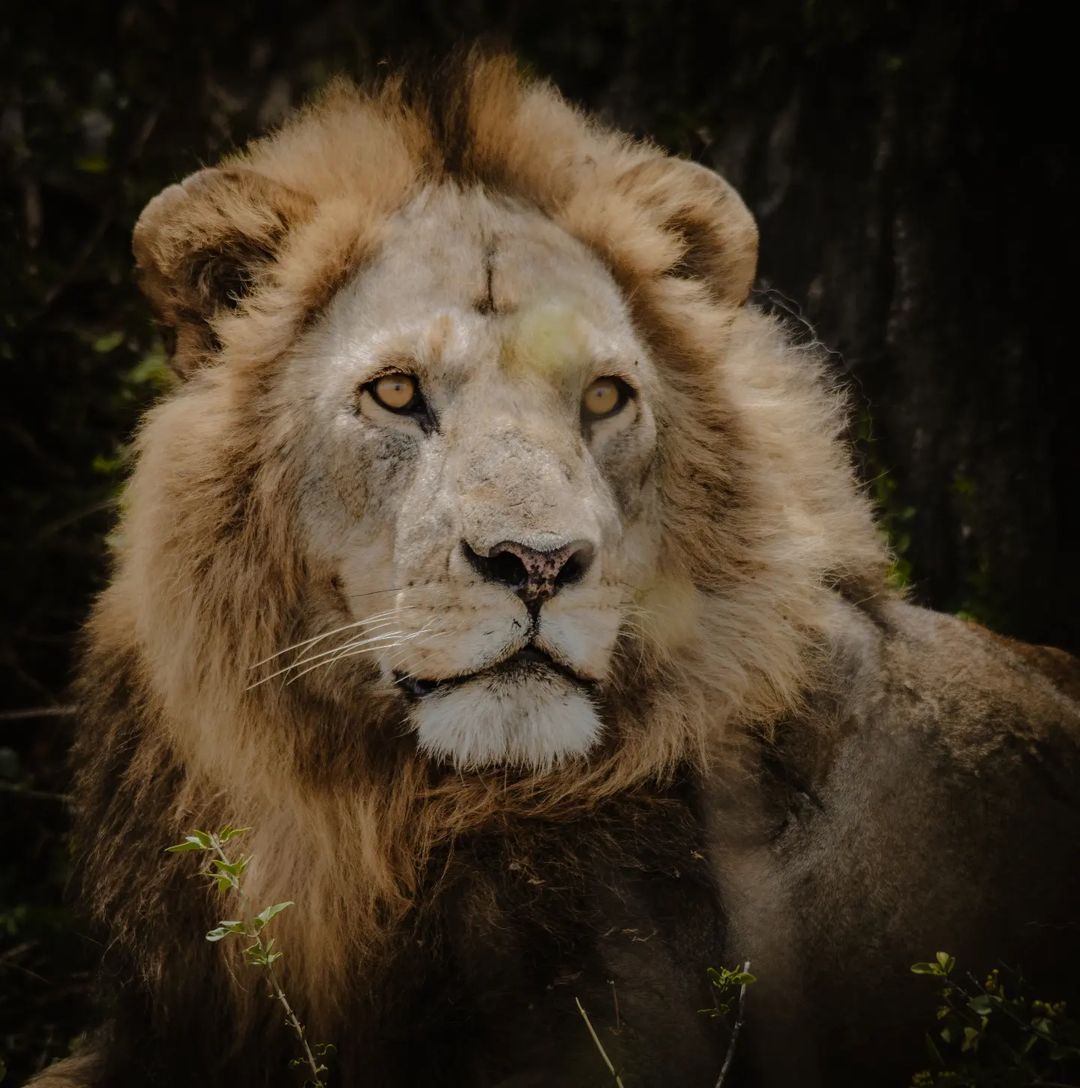- Home
- About Us
- Safaris
- Mt.Trekking
- Day Trips
- Beach Holidays
- Contact Us
Explore Tanzania and experience this great country to its fullest extent. Lounge on the beaches of Lake Victoria or Nyasa Lake, then gaze across the Indian Ocean towards the mystical, ever-exotic island of Zanzibar . Safari across the rolling savannahs of the great Serengeti National Park and feast your eyes upon the magnificent Mount Kilimanjaro – the highest, permanently snow-capped mountain in Africa .

The Serengeti National Park is situated in the Mara Region and it is Tanzania’s oldest national park. It is famous for its annual migration of over 1.5 million white bearded or brindled wildebeests and over 250,000 zebras and for its numerous crocodiles. It is also known for its wealth in other resident wildlife particularly ‘the Big Five’. Serengeti is believed to hold the largest population of Lions in Africa due to the abundance of prey species. Leopards are commonly seen in the Seronera region but are present throughout the park. The African elephant are recovering from population lows due to poaching in the 1980’s and are largely found in the northern regions of the park. Black Rhinoceros are mainly found around the kopjes in the center of the park. African Buffaloes are still in abundance.
The park also boasts of other species including cheetah, gazelles, topi, hyena, impala, eland, African wild dog, waterbuck, baboons, and giraffes. It is also home for about 500 bird species including ostrich, kori bustard, crowned crane, secretary bird, lovebirds, marabou stork, martifal eagle and many other vulture species.
The crater has one of the densest known populations of lions. On the crater rim are leopards, elephants, mountain reedbuck and buffaloes. The rhinoceros are also found at the crater. From a distance in the large lake in the middle of the crater hundreds of flamingoes form a pink like border to the lake. Animals in the crater include most of the species found in East Africa but there are no topis, giraffes, impalas, oribis or crocodiles.
The other major source of water in the crater is Ngoitokitok Spring near the eastern crater wall. There is a picnic site here open to tourists and huge swamp fed by the spring and the area is inhibited by hippopotamus, elephants, lions and many others. Many other small springs can be found around the crater’s floor and they are important water supplies for the animals and local Maasai people.


Tarangire National Park is in northern Tanzania, just south of Lake Manyara. This is a protected area of colossal baobabs, grassy plains and huge herds of elephant. The park is one of the most underrated of Tanzania’s attractions, receiving just a fraction of the Serengeti’s visitors, which means more space and exclusivity for those who do make it to Tarangire.
As well as 300-strong herds of elephant, visitors will find big groups of buffalo and healthy populations of lion and leopard. During the dry season, Tarangire has the highest concentration of mammals in the country. There are wild dog and rare antelope such as gerenuk, plus more than 550 species of birds to spot throughout the year.
Tarangire is the ideal park for those who want to explore beyond game drives. Walk through the savannah to study the smallest creatures and learn about tracking animals. Soar through the sky in a hot-air balloon at dawn or head out on a night drive to find nocturnal wildlife.
Lake Manyara is part of the northern circuit of national parks in Tanzania. A popular route is to start in Arusha and visit Lake Manyara before continuing to Serengeti National Park, Ngorongoro Conservation Area, and finishing your adventure at Arusha. These attractions can be combined as part of a 5-6 day itinerary.
Although Lake Manyara National Park does not contain as much wildlife as its bigger sisters, the Ngorongoro Crater and the Serengeti, scientists believed that Lake Manyara contained one of the highest concentrations of wildlife in Africa during the 1980s.


The Arusha national park covers Mt. Meru, a prominent volcano with an elevation of 4566m in the Arusha region of north eastern Tanzania. The park is small but has spectacular landscapes in three distinct areas. In the west, the Meru Crater funnels the Jekukumia River, the peak of Mt Meru lies on its rim. Ngurdoto in the south-east is grassland. Momella lakes in the north-east have varying algal colours and are known for their wading birds.
Mt. Meru is the second highest peak in Tanzania after Mt. Kilimanjaro. It forms a backdrop to views from the park to the east. Arusha National Park lies on a 300km axis of Africa’s famous national parks, running from Serengeti and Ngorongoro crater.
Snow-capped Mount Kilimanjaro is the highest point on the African continent, the world’s largest free-standing mountain and one of the largest volcanoes. At 5895m, the views from Uhuru Peak are spectacular. There’s no special equipment or expertise required to ascend Mt. Kili, however it is challenging and a good level of fitness is required. There are several routes to the summit (varying in difficulty). The Marangu Route is the most frequented on Mt Kili, taking 5-6 days, with accommodation in huts, whilst the Machame Route, requires 6-7 days, involves camping and is tougher, with steeper trails and longer distances covered.[...]
